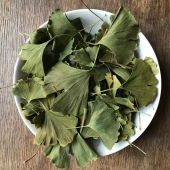


6 Ways To Keep Chickens - pdf download
will be released to subscribers in:
soon!



 4
4




 4
4




Seed swaps, polyculture gardening info, forest gardening tutorials, bioregionalism mapping, rare germplasm sales, and more at http://biodiverseed.com
 2
2




Pecan Media: food forestry and forest garden ebooks
Now available: The Native Persimmon (centennial edition)
 3
3




 2
2




 1
1





 2
2




Twisted Tree Farm and Nursery
www.twisted-tree.net
 2
2




“The beautiful thing about learning is that nobody can take it away from you.” – B.B. King
 1
1




Invasive plants are Earth's way of insisting we notice her medicines. Stephen Herrod Buhner
Everyone learns what works by learning what doesn't work. Stephen Herrod Buhner

|
Time is the best teacher, but unfortunately, it kills all of its students - Robin Williams. tiny ad:
The new purple deck of permaculture playing cards
https://www.kickstarter.com/projects/paulwheaton/garden-cards
|





